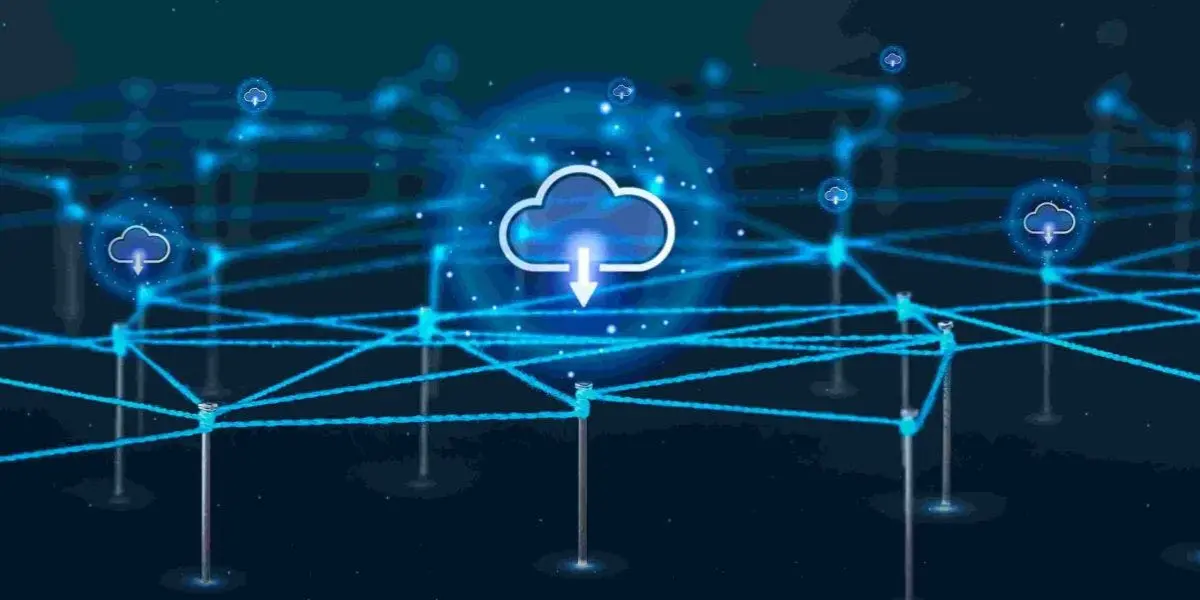The benefits of SaaS for users and software companies
SaaS solutions offer several benefits to users, including flexibility, scalability, and accessibility. With SaaS, users can access the software from anywhere, as long as they have an internet connection. Additionally, SaaS providers typically offer frequent updates and upgrades, ensuring that users always have access to the latest features and functionalities.
For software companies, SaaS offers numerous benefits as well. One significant advantage is the ability to provide a recurring revenue stream through subscription-based pricing. Additionally, SaaS companies can easily scale their operations, as they don’t need to worry about shipping physical products or managing on-premise infrastructure.
Why is escrow still relevant when the software is in SaaS format?
Even though the software is in SaaS format, Escrow is still relevant because it provides protection to both the user and the software company. For users, Escrow ensures that they will continue to have access to the software in the event that the SaaS provider goes out of business or experiences significant technical difficulties.
For software companies, Escrow offers a way to build trust with potential clients. By offering an escrow agreement, software companies can demonstrate their commitment to maintaining the software’s functionality and availability.
Specificities of SaaS Escrow vs classical Software Escrow
When it comes to SaaS Escrow, there are several specificities that differ from classical Software Escrow. Here are some of the most important ones to consider :
1. Data backups
In a SaaS Escrow Agreement, it’s essential to determine how frequently the data will be backed up and where it will be stored. This is because SaaS data is typically stored in the cloud, which means that the Escrow agent needs to have access to the cloud-based infrastructure to ensure regular backups.
2. Disaster recovery plan
As with any software solution, it’s crucial to have a disaster recovery plan in place in case of a system failure or other unexpected event. In a SaaS Escrow Agreement, both parties should agree on what constitutes a disaster and what steps will be taken to recover data and ensure continuity of service. This negotiation point is called Release conditions.
3. Access to data
In a SaaS escrow agreement, it’s important to specify who will have access to the data in the event that the Escrow is triggered. Typically, the user will have the right to access the escrowed materials, but it’s important to define the procedures for doing so. And in order to preserve the secrecy of the escrowed elements at each step of the release process, choose a SaaS Escrow Provider that demonstrates high levels of security (ISO27001 is a good first indicator).
4. Testing procedures
In a SaaS Escrow Agreement, it’s important to define the procedures for testing the software and data to ensure that it’s complete and functional. This may include regular testing of the software and data, as well as a verification process to ensure that the software matches the documentation.
5. Update, Maintenance and support
In a SaaS Escrow Agreement, both parties should agree on who will be responsible for the update of the escrowed elements, as well as the maintenance and support of the software. This may include regular updates and bug fixes, as well as providing technical support to users.
Overall, the specificities of SaaS escrow require a more nuanced approach than classical Software Escrow. It’s essential to work with a trusted third party, such as Vaultinum, to ensure that the escrow agreement is secure, comprehensive, and covers all of the necessary elements. By doing so, both parties can be confident that their interests are protected in the event of an unexpected event.
How to negotiate a SaaS Escrow Agreement
When negotiating a SaaS Escrow Agreement, it’s important to keep the following tips in mind:
1. Identify your business needs
Before negotiating a SaaS Escrow Agreement, it’s important to identify your business needs. This includes determining what data and source code you need access to, how often you need access, and what level of support you require. Knowing your business needs will help you negotiate a more effective and tailored agreement.
2. Choose an experienced SaaS escrow agent
When choosing an Escrow agent, it’s important to choose an experienced and reputable agent. Look for an agent with experience in the SaaS industry and a proven track record of providing effective Escrow services. You should also ensure that the agent is independent and impartial, with no conflicts of interest.
3. Understand the terms of the agreement
Before signing a SaaS Escrow Agreement, it’s important to fully understand the terms of the agreement. This includes understanding what material and data need to be deposited, what are the release conditions, and the fees involved. You should also ensure that the agreement complies with all relevant laws and regulations.
4. Negotiate the fees
When negotiating a SaaS Escrow Agreement, it’s important to be clear on what the fees are and who is going to pay for it. The fees should include the deposit fees, the release fees and any ongoing costs associated with maintaining the Escrow service and updating the deposited items. You should ensure that the fees are reasonable and competitive, and that they reflect the level of service you require. Do not hesitate to require quotes from several SaaS Escrow agents to compare their offers, their level of service, and their level of security.
5. Review and update the agreement
Once you have negotiated and signed a SaaS Escrow Agreement, it’s important to regularly review and update the agreement. This includes reviewing the deposit materials, ensuring that they are up-to-date and complete, and updating the agreement to reflect any changes in your business needs or the SaaS industry.
Conclusion
Negotiating a SaaS Escrow Agreement can seem a little daunting, but it’s essential for protecting your business and assets. By following the tips outlined in this article, you can negotiate a tailored and effective SaaS Escrow Agreement that meets your business needs and provides peace of mind.
With over 45 years of experience, Vaultinum has the expertise to negotiate effective SaaS Escrow Agreements that meet the unique needs of each client. By working with Vaultinum, businesses can ensure the continuity of their operations and protect themselves from potential risks associated with SaaS applications.
Disclaimer
The opinions, presentations, figures and estimates set forth on the website including in the blog are for informational purposes only and should not be construed as legal advice. For legal advice you should contact a legal professional in your jurisdiction.
The use of any content on this website, including in this blog, for any commercial purposes, including resale, is prohibited, unless permission is first obtained from Vaultinum. Request for permission should state the purpose and the extent of the reproduction. For non-commercial purposes, all material in this publication may be freely quoted or reprinted, but acknowledgement is required, together with a link to this website.

